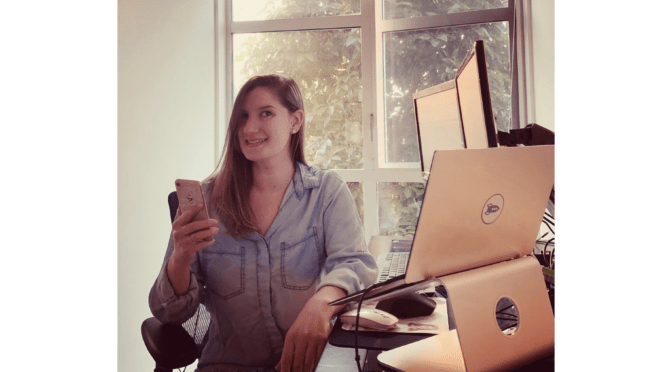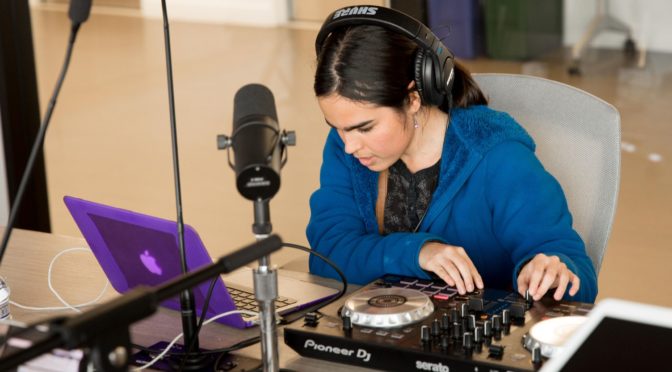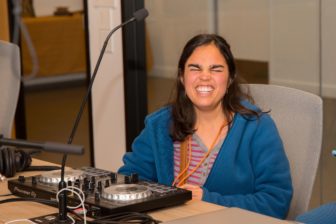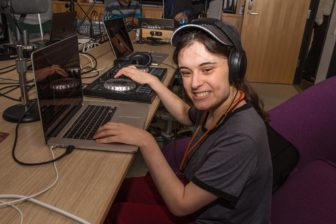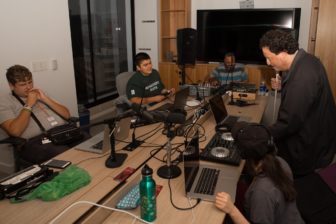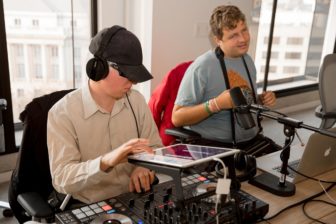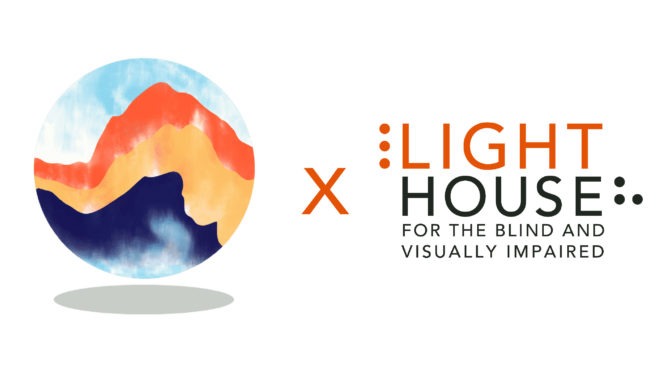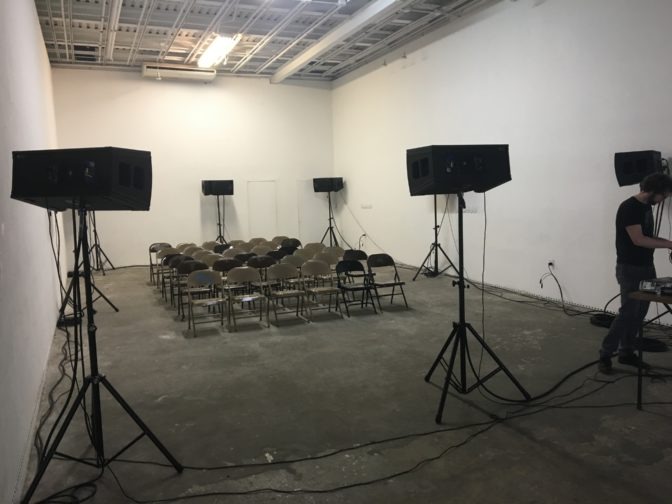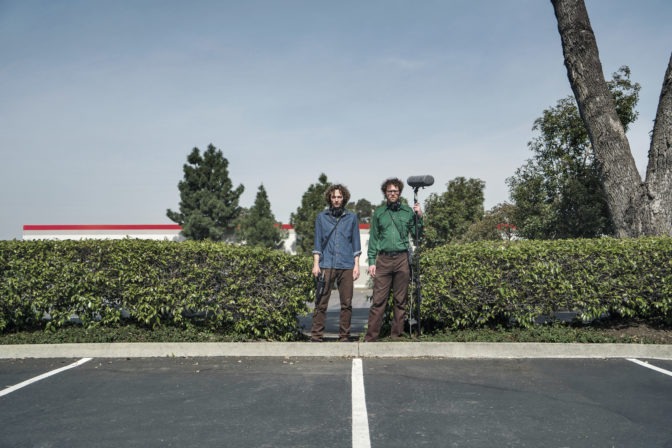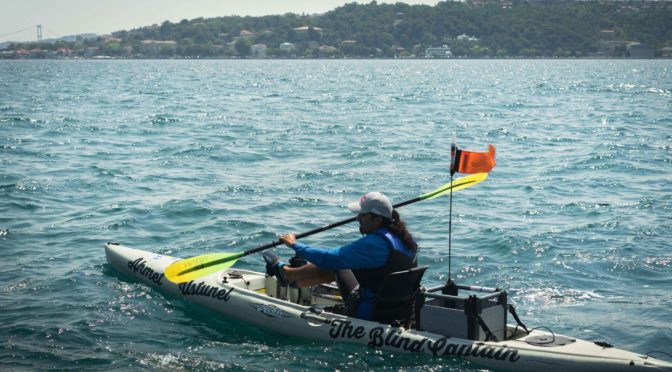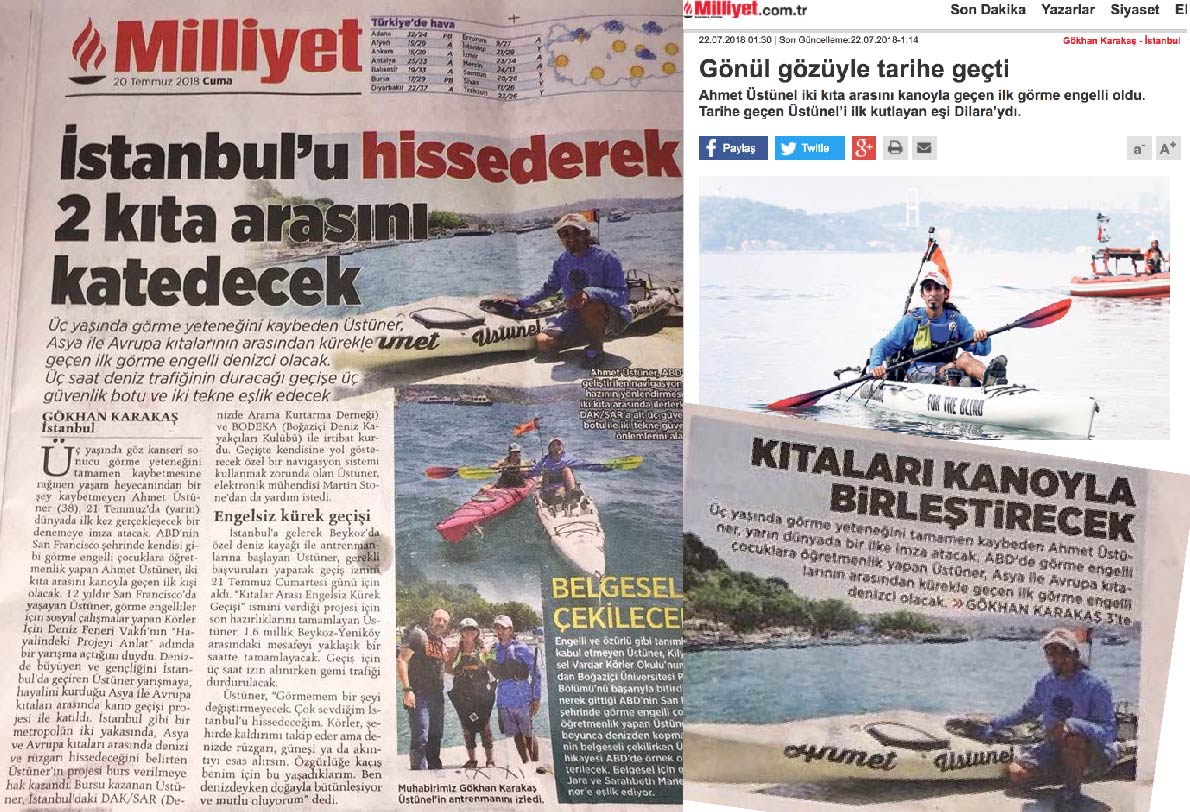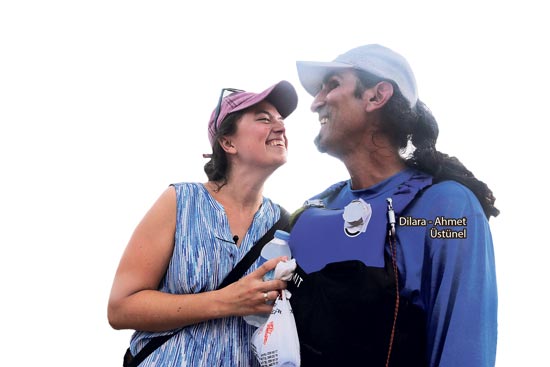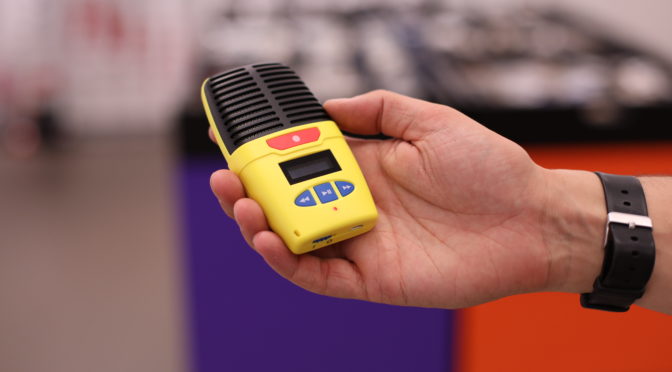We live in a highly technical world, especially lately as many schools, programs, and companies have converted their services to an online platform. For people who are blind or have low vision, some of these new virtual experiences are less accessible, making certain day to day activities more difficult. It can feel overwhelming trying to keep up. Luckily, LightHouse offers an excellent weekly access tech discussion group to help blind and low vision individuals tackle some of these on-going accessibility struggles. Our phenomenal team of Access Tech specialists host Tech Together via Zoom. Tech Together is an interactive, informal conversation that gives participants a chance to ask questions, share their own knowledge or difficulties, and connect with others on a shared common experience—Access Technology.
In pre-COVID times, Tech Together was a monthly meet up at the LightHouse Headquarters in San Francisco. It is sponsored by the city of San Francisco’s program, SF Connected and is open to all technology enthusiasts, although the topics are generally based around accessibility and specifically that of blind and low vision accessibility. Due to the current shelter-in-place circumstances, Tech Together went from a monthly event with a modest following, to a weekly event with an expansive turn out of participants. Now that Tech Together, like so many other LightHouse programs, has gone virtual, people from all over are able to join from wherever they are. Each week about fifty eager “access techies” dial in to learn and share with one another on topics like accessing streaming apps, deliveries and rideshare services, touch screen keyboard and dictation do’s and don’ts, assistive smartphone applications like Be My Eyes, and much more.
I myself have low vision and am admittedly a terrible techie. I’m constantly struggling with tiny text fields on my phone or laptop. I am always clicking the wrong link instead of activating my zoom magnification, and am always, always, sending friends and family indecipherable text messages. I decided to join Tech Together and see what these Tuesday afternoon Zoom sessions were all about. I joined in on the “Inputting Information” sessions—an afternoon dedicated to sharing tips and tricks about using magnification apps, dedication software, and the struggles of touch screen keyboards when you can’t see the screen. It was the perfect class for me! I dialed just before 2:00 and was surprised to see there were already 26 participants, and the number kept on growing. I was delighted to hear people share the same embarrassing (however hilarious) dictation errors I’ve experienced. (Let’s just say, sometimes I’m convinced Siri has a hidden agenda to embarrass and shame me via text and email.) The hour and a half turned into two hours as the conversations, lessons, and laughter flowed amongst the group. I learned a few new keyboarding efficiency tricks, received some useful dictation advice (slower, clearer, highly annunciated speech is key!) and had several laughs along the way.
Tech Together has not only served as a fantastic resource for people seeking help and information about access technology, but it has also offered a chance for people to connect with others during these difficult times of social distancing and shelter-in-place regulations. “It’s satisfying to help build a community that shares knowledge and resources the way Tech Together does,” says LightHouse Access Technology Trainer, Jeff Buckwalter. “It not only helps cut through the social isolation of feeling you are the only one with frustrating technical issues, but also allows broader sharing to what people have learned, often through hard-won experience.”
Whether you are in need of technological assistance, or if you are just looking for a group of kind, resourceful, AT enthusiasts, I highly recommend checking out Tech Together every Tuesday afternoon from 2:00 p.m. to 3:30 p.m. RSVP to AT@lighthouse-sf.org or via voicemail at: 415-694-7343.
September 2020 Tech Together topics:
September 1: 100 things to say to Alexa
Are you making the most of your Amazon smart speaker? We’ll cover a wide variety of things you can ask Alexa without having to enable third party skills.
September 8: What About Google?
If you have a Google smart speaker, we’ll cover a range of tips and tricks for how to make the most of everything it can do.
September 15: Apps for Exploring Your World
We’ll share apps that can provide information on streets, route planning, and transit schedules.
September 22: Understanding Web Elements
If you are a screen reader user, you likely hear about headings, links, landmarks, tables and more, every time you venture on to the world wide web. We’ll share an overview of what these elements do, and how they can make your web browsing experience more efficient.

